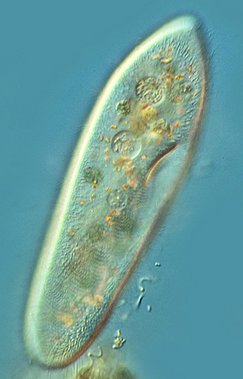Several times in the past (here, here, here, here, and here), I have written about convergent evolution and the problems it poses for anyone who wants to believe that all the amazing organisms we see today are the result of a mindless evolutionary process. As a quick review, remember that in general, evolutionists claim that similarities are the result of common ancestry. All vertebrate limbs look very similar, for example, because all vertebrates evolved from a common ancestor. While evolution “tweaked” the design of each animal’s limb so that it could be properly adapted to its environment, the basic structure of the vertebrate limb is the same in all vertebrates because they all inherited that basic structure from a common ancestor.
Of course, as is usually the case for evolution, more and more data have been collected that are inconsistent with this idea. Dolphins and bats, for example, both use sonar to navigate and to seek out prey. However, there is no hypothetical sonar-using common ancestor that links them. Thus, while they are very similar in this regard, evolutionists have to say that this particular similarity is not due to common ancestry. Instead, it is the result of “convergent evolution.” Both animals evolved the ability to use sonar independently, along different evolutionary lines. In other words, evolution “converged” on the same system in two different, unrelated cases.
Now please understand that this similarity is very deep. Indeed, the genes that allow this process to happen are nearly identical in these two animals.1-2 So in order to understand the use of sonar in dolphins and bats, evolutionists have to believe that evolution just happened to come up with the same system (all the way down to the genes) for navigation and predation in two completely different lineages.
If this were the only case in which unrelated organisms have amazingly similar systems, it might be reasonable to chalk it up to evolution just being “lucky” enough to come up with the same system twice. However, as evolutionist Dr. Simon Conway Morris tells us, nature abounds with examples of this. Indeed, most evolutionists believe that eyes must have evolved independently in unrelated lineages as many as 60 times in order to be consistent with the data at hand!3
If all of that seems far fetched to you, don’t worry. You are not alone. Most reasonable people can see when an attempt to explain around inconvenient data becomes desperate.
Continue reading “A Real-Life Example of “Convergent Evolution””






